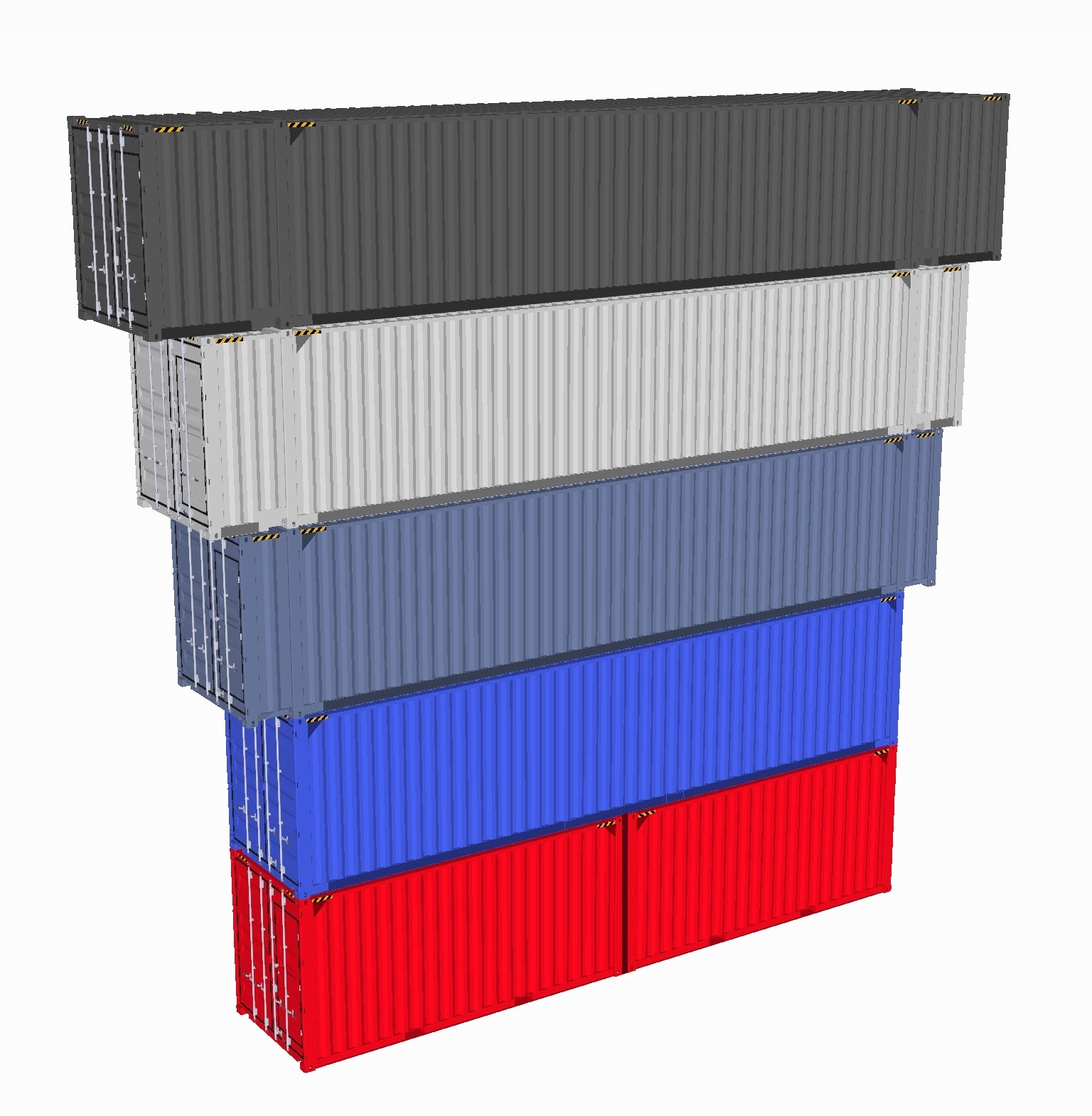|
Shipping Ton
A shipping ton, freight ton, measurement ton or ocean ton is a measure of volume used for shipments of freight in large vehicles, trains or ships. In the USA, it is equivalent to while in the UK it is . It should not be confused with other types of ton which also measure volume. For example, the register ton, which is used to measure the capacity of ships, is . See also * Twenty-foot equivalent unit The twenty-foot equivalent unit (abbreviated TEU or teu) is a general unit of cargo capacity, often used for container ships and container ports.Rowlett, 2004. It is based on the volume of a intermodal container, a standard-sized metal box tha ... References {{reflist Units of volume ... [...More Info...] [...Related Items...] OR: [Wikipedia] [Google] [Baidu] |
Register Ton
Tonnage is a measure of the capacity of a ship, and is commonly used to assess fees on commercial shipping. The term derives from the taxation paid on '' tuns'' or casks of wine. In modern maritime usage, "tonnage" specifically refers to a calculation of the volume or cargo volume of a ship. Although tonnage (volume) should not be confused with displacement (the actual mass of the vessel), the long ton (or imperial ton) of 2,240 lb is derived from the fact that a " tun" of wine typically weighed that much. Current maritime units Tonnage measurements are governed by an IMO Convention (International Convention on Tonnage Measurement of Ships, 1969 (London-Rules)), which initially applied to all ships built after July 1982, and to older ships from July 1994.''Intern ... [...More Info...] [...Related Items...] OR: [Wikipedia] [Google] [Baidu] |
Twenty-foot Equivalent Unit
The twenty-foot equivalent unit (abbreviated TEU or teu) is a general unit of cargo capacity, often used for container ships and container ports.Rowlett, 2004. It is based on the volume of a intermodal container, a standard-sized metal box that can be easily transferred between different modes of transportation, such as ships, trains, and trucks. Detailed dimensions: 20-foot and 40-foot containers The standard intermodal container is long and wide. The height of such containers is most commonly but ranges from to . Another standard container is slightly more than twice as long: , dubbed a forty-foot equivalent unit (often FEU or feu). The reason the smaller container is short of 20 feet is to allow it to be stacked efficiently with 40-foot containers. The twistlocks on a ship are set so that two standard 20-foot containers have a gap of , allowing a single 40-foot container to fit precisely on top. The 40-foot containers have found wider acceptance, as they can be ... [...More Info...] [...Related Items...] OR: [Wikipedia] [Google] [Baidu] |

